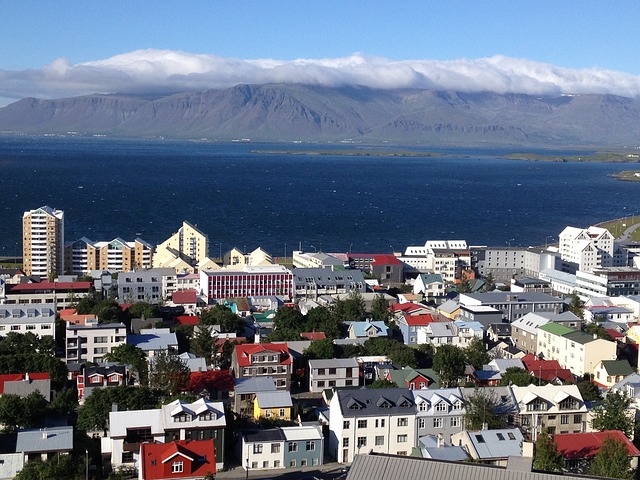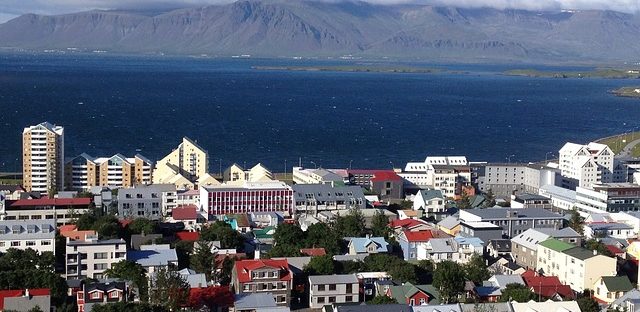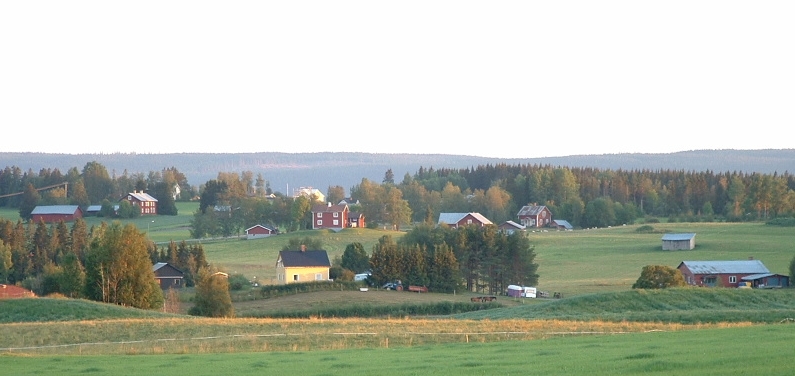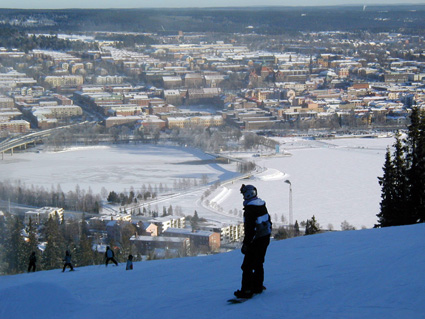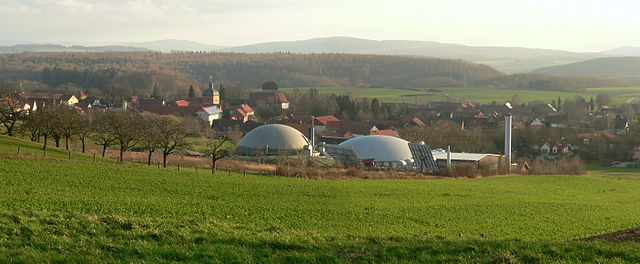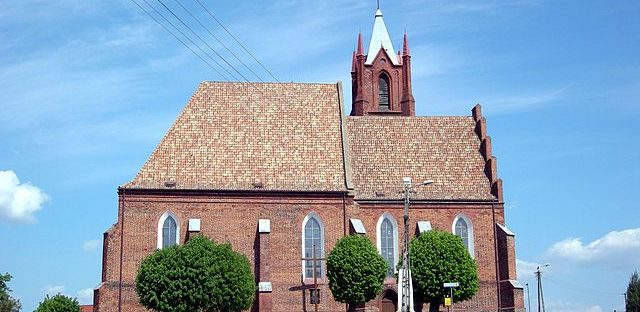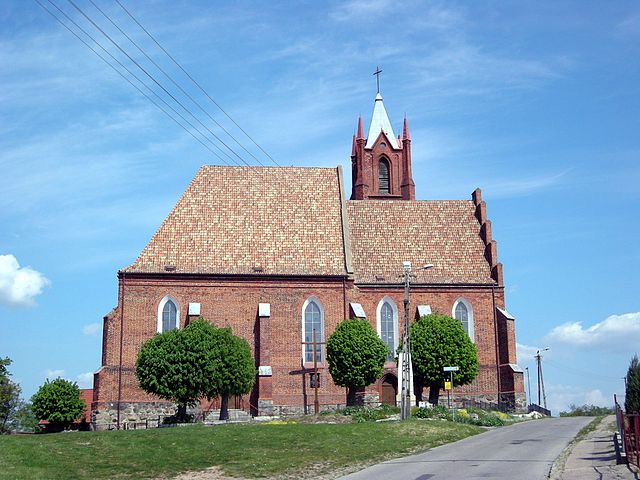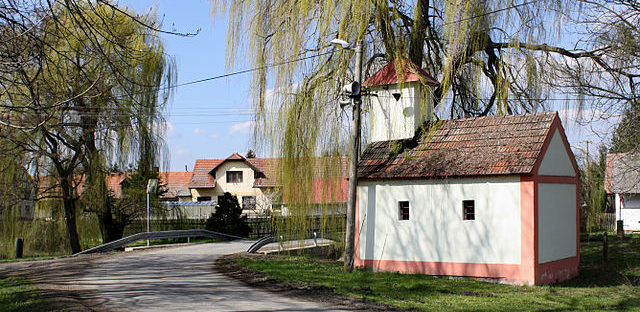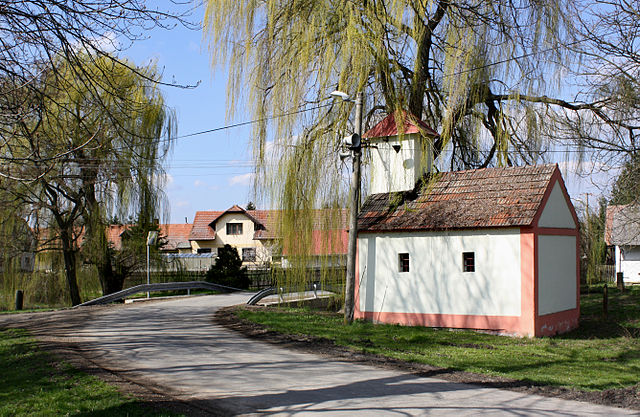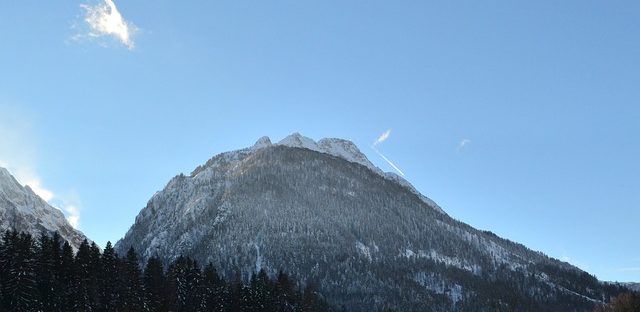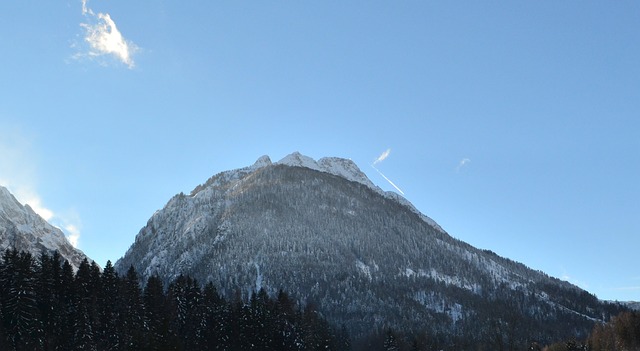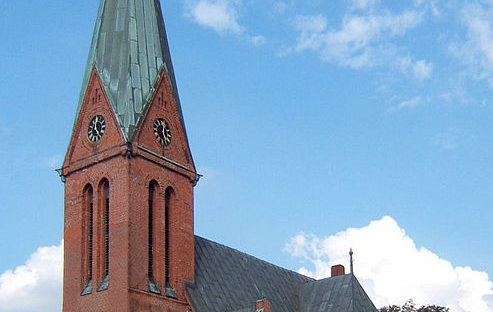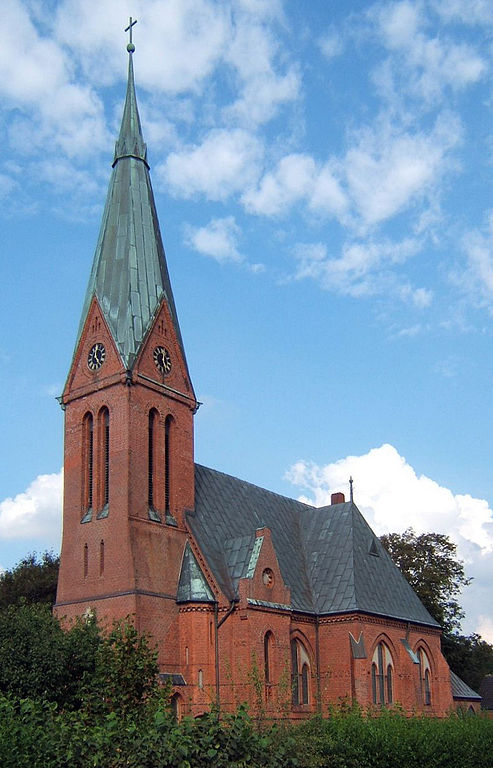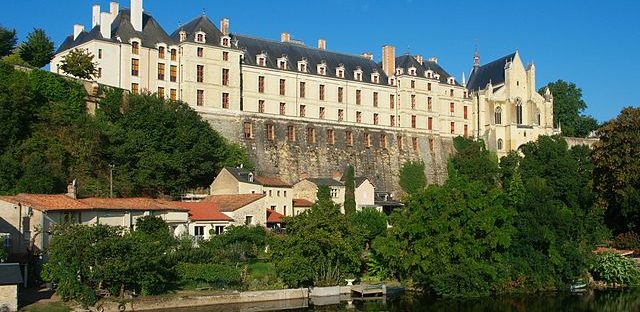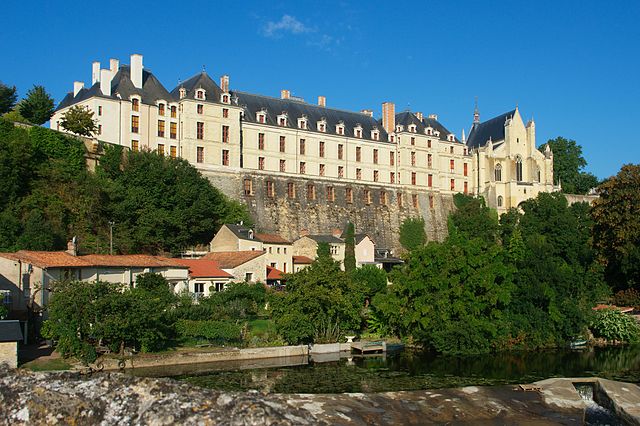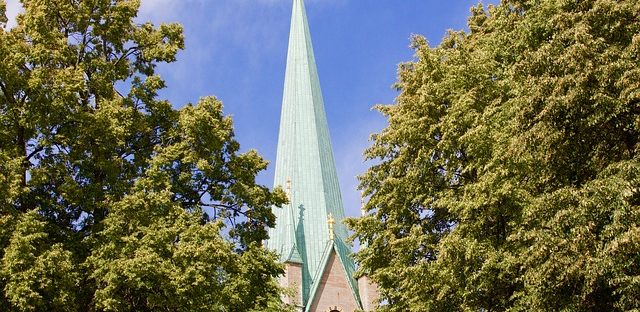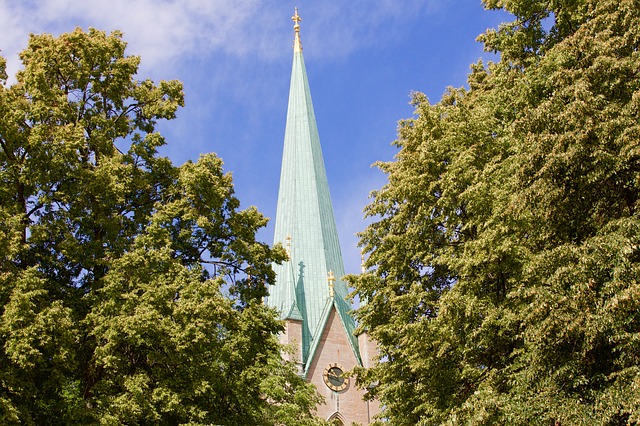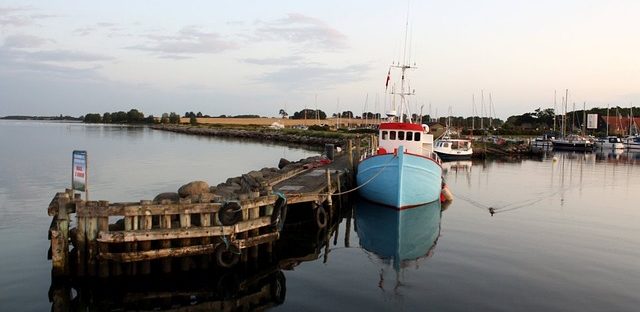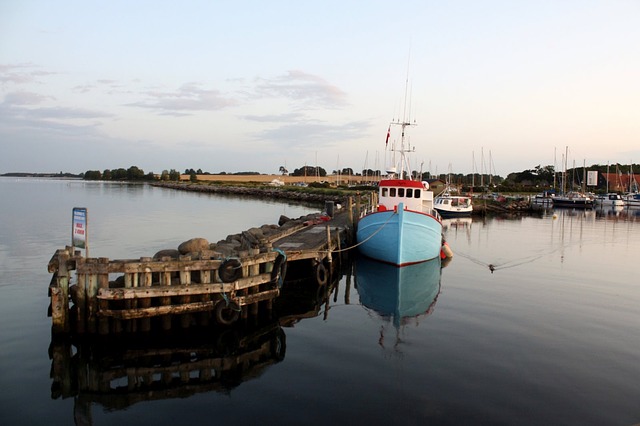- Target: 100% renewable energy target in the electricity sector
- Status: Achieved - >99% of the electricity production and >70% of the total energy production come from hydropower and geothermal sources. The country´s buildings are mostly heated with renewable energy and overall 81% of Iceland’s primary energy is renewable, with the remaining 19% based on oil which is used for transportation.
- RES: Hydropower and geothermal resources. Iceland is a volcanic island with plentiful geothermal heat.
- Implementation: The country is successful due to its geothermal-based electricity production. In relation to heating, after geothermal water is used for heating buildings, the rest - pavements and car parking are also heated. The island´s vast geothermal capacity is also enabling regional cooperation with the UK, with the construction of an interconnector into the UK grid currently in discussion. Energy projects have largely been developed as part of the Icelandic Clean Energy initiatives, a Research Fund, a Technology Development Fund and a Strategic Research Programme, which include the involvement of Iceland's Ministry of Education, Science and Culture, Ministry of Finance and Economic Affairs and Ministry of Industry & Innovation.
- Population: 355,620 (2018)
- Area: 102,775 km2 (39,682 sq mi)
- Link: Iceland's Sustainable Energy Story: A Model for the World?
